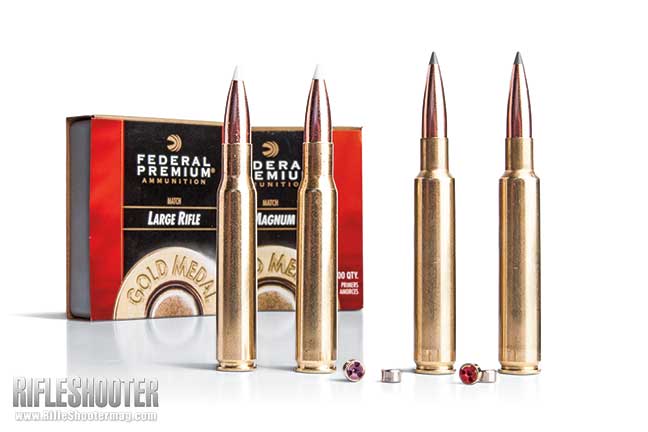Some Known Incorrect Statements About Federal Primers
Table of Contents9 Easy Facts About Cci Primers ShownThe Best Guide To Primers In StockFacts About Remington Primers RevealedGetting My Pistol Primers To WorkNot known Details About Primers For Sale
Part of the firearm cartridge for starting propellant combustion In guns as well as weapons, the primer () is the chemical and/or device liable for launching the propellant combustion that will push the projectiles out of the gun barrel. In very early black powder weapons such as muzzleloaders, the guide was essentially the very same chemical as the major propellant (albeit usually in a finer-powdered type), however poured into an outside flash pan, where it can be ignited by an ignition source such as a slow-moving match or a flintlock though some muzzleloaders have guides like cap weapon caps. cci primers.
In weapons the guides are often a different component, put inside the barrel to the back of the primary propellant chargebut there are other instances of weapons, consisting of for instance some automated tools, created to shoot cartridges with indispensable electric guides.
Indicators on Small Pistol Primers You Should Know
With the introduction of hand-held weapons, this ended up being an unfavorable way of shooting a weapon. Holding a burning stick while trying to pour a fee of black powder thoroughly down a barrel is hazardous, as well as attempting to hold the weapon with one hand while simultaneously intending at the target and looking for the touchhole makes it really challenging to fire properly. The initial attempt to make the process of firing a small arm less complicated was the "matchlock".
, as well as dried. After the gun was loaded as well as the touchhole primed with powder, the burning tip of the match was placed so that the lock would bring it right into contact with the touchhole.
Examine This Report about Reloading Primers
This brought the suit to the touchhole, sparking the powder. With cautious focus, the slow-burning suit could be kept melting for extended periods of time, as well as the usage of the lock mechanism made fairly precise fire possible. The following revolution in ignition innovation was the "wheel-lock". It used a spring-loaded, serrated wheel which rubbed versus an item of iron pyrite, comparable to a modern lighter.

The covered flashpan also gave some capability to stand up to bad weather. federal primers. Wind, rainfall, as well as wet weather condition would make a matchlock pointless, but a wheel-lock that was loaded and waterproofed with a bit of oil around the flashpan might be discharged under many conditions. The wheel-lock delighted in only a brief duration of appeal before being superseded by an easier, more robust design.
The 45-Second Trick For Winchester Primers
As the name implies, the flintlock utilized flint rather than iron pyrite. The flint was held in a spring-loaded arm, called the "cock" from the resemblance of its activity to a pecking chicken. The penis turned via roughly a 90-degree arc as well as was held in the tensioned, or "cocked" placement by a trigger. https://www.pearltrees.com/relodprim3rs#item475336544.
The "half-cock" placement held the dick midway back, and utilized a deep notch to ensure that shooting would not launch the dick. Half-cock was a safety and security setting, made use of when filling, keeping or lugging a packed flintlock. The "full-cock" position held the penis completely back and also was the position where the weapon was terminated.
It served as both a flashpan cover as well as a steel striking surface area for the flint. The frizzen was pivoted and also spring-loaded to ensure that it would certainly secure the open or closed setting. When shut, the striking surface was positioned so that the flint would strike at the proper angle to create a trigger.
7 Simple Techniques For Small Pistol Primers
The flintlock mechanism was simpler and also stronger than the wheel-lock, and also the flint and steel provided an excellent, trusted resource of ignition. The flintlock stayed in military service for over 200 years, and flintlocks are still made today for historic re-enactments and also muzzle-loading target competitors, and for seekers check it out that appreciate the added challenge that the flintlock provides.
Percussion ignition was invented by Scottish clergyman Rev. Alexander John Forsyth in 1807 but required even more refinements prior to it was progressively accepted in the 1820s to 1830s. By the middle of the 19th century, the percussion or caplock system was well established. It was taken on by both sides in the American Civil War, as it was easier and also a lot more reputable than the flintlock.
The flashpan and frizzen were eliminated and changed by a little, hollow straight cyndrical tube (drum) screwed into the bored-out as well as touched flash hole as well as lugging a "nipple area" over which the cap could be fitted. A "hammer" which additionally had half-cock (for loading and also using the cap) and full-cock positions changed the cock.